More than 100 researchers from domestic universities, research institutes and space contractors attended the Extraterrestrial Construction Conference held at Huazhong University of Science and Technology in Wuhan on Saturday.

Diagram of China's lunar base proposed by Huazhong University of Science and Technology in Wuhan. Photo: SCMP
Their discussions covered a wide range of topics, including plans for building basic infrastructure on the moon, the use of robots, and how to simulate the lunar environment on Earth. “Off-Earth construction is still in its early stages. The purpose of this conference is to promote dialogue, collect ideas, and form consensus as the community moves forward,” said Ding Lieyun, chief scientist of the National Technology Innovation Center for Digital Construction at the university.
“Ultimately, building a habitation outside the Earth is essential not only for the space exploration mission of all mankind but also for China's strategic needs as a space power,” he told China Science Daily at the conference.
Ding told the conference about the latest developments at his lab, including the creation of simulated lunar soil samples, according to China Science Daily. Ding's team has previously proposed egg-shaped lunar base designs, made of bricks based on lunar soil created with 3D printers and lasers.
His team then used a robot called Chinese Super Mason to put the bricks together using traditional Chinese building techniques — a process that Ding compares to Lego construction and that he says is less risky and more efficient than printing the entire structure.
Ding said there are many challenges to overcome when building a base on the Moon, including lack of water, low gravity, frequent moonquakes and strong cosmic radiation.
In a separate interview with the Changjiang Daily, Ding said the first brick made from lunar soil will be built during the Chang'e 8 mission in about five years. “We will use real lunar soil to make the first brick right on the moon,” he added.
Meanwhile, the chief designer for the fourth phase of China's lunar exploration project - which includes the Chang'e 6, 7 and 8 missions - warned that scientists may have underestimated the gap between day and night temperatures on the Moon.
“Our latest data shows that the highest temperature on the Moon is about 120 degrees Celsius and the lowest is about -200 degrees Celsius. Such a difference is larger than we expected and adds to the difficulty of on-site construction,” Yu Dengyun, from the China Aerospace Science and Technology Corporation, told China Science Daily.
Mai Anh (according to SCMP)
Source










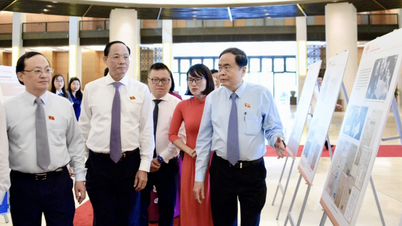











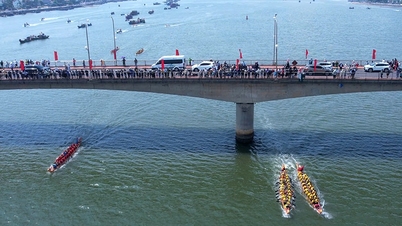
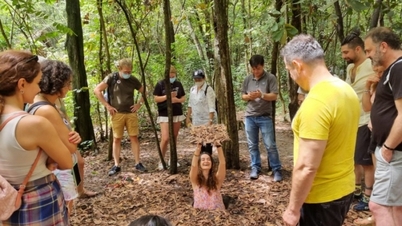

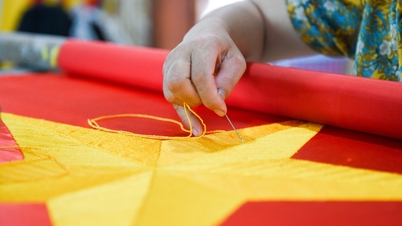
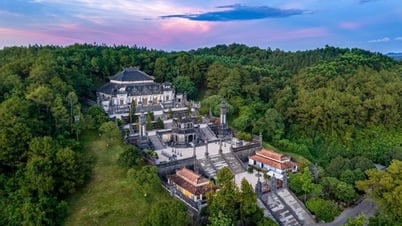































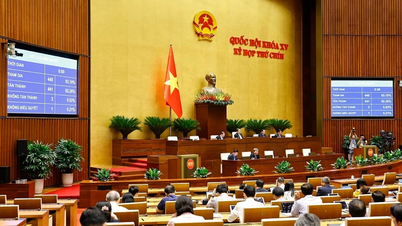







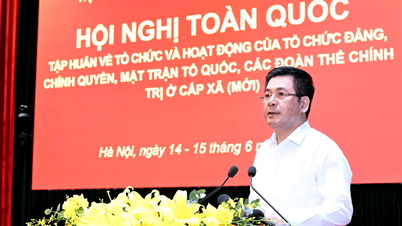



























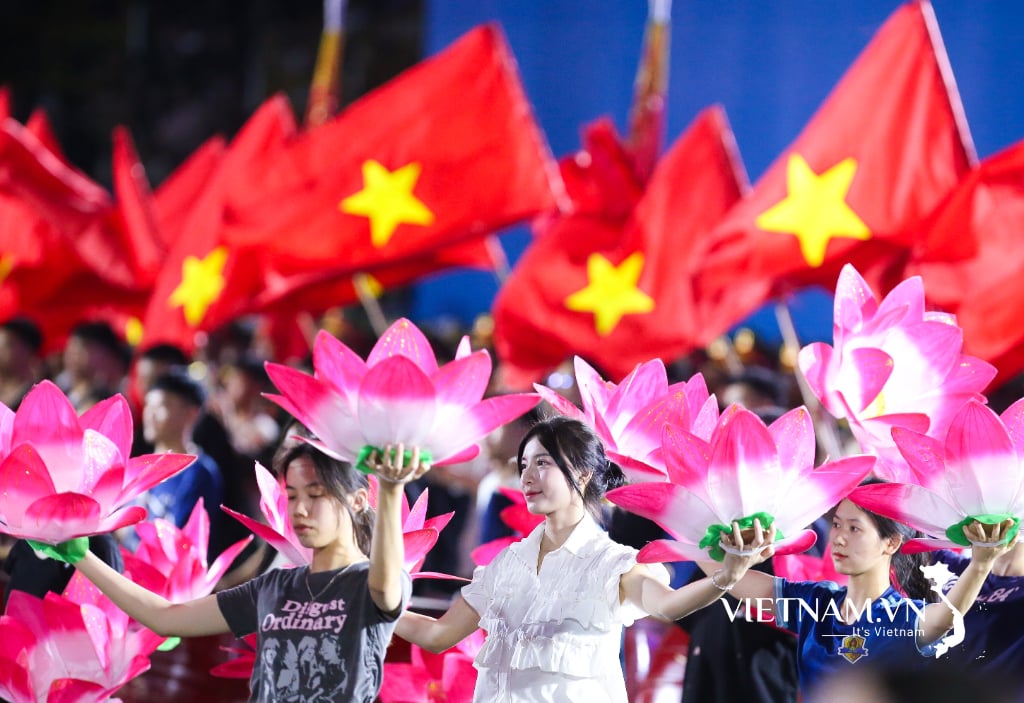


Comment (0)